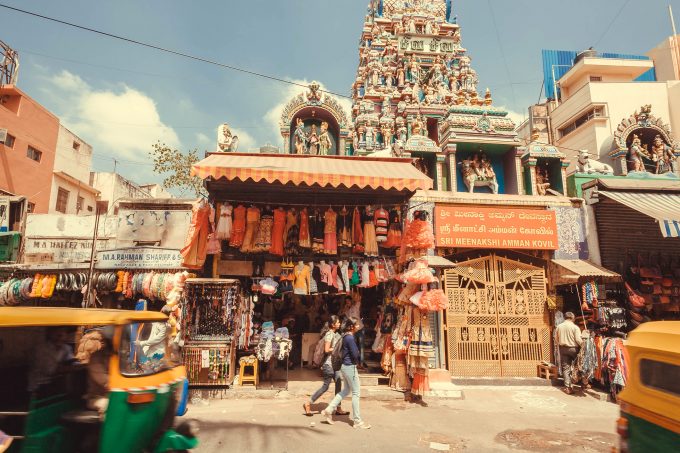Carrier anger as Nhava Sheva terminal operators hike tariffs
Ocean carriers operating out of India’s Nhava Sheva port (JNPT) have voiced serious concerns over ...

The government of India has approved the development of seven large textile parks across the country to transform the emerging Asian economy into a global hub for textile manufacturing and exports.
The planned projects, part of what New Delhi called the PM Mitra scheme, will be located in seven states: Virudhunagar, in Tamil Nadu; Warangal, in Telangana; Kalaburagi, in Karnataka; Amravati, in Maharashtra; Navsari, in Gujarat; Dhar, in Madhya Pradesh; and Lucknow, in Uttar Pradesh.
“State governments will provide contiguous and encumbrance-free ...
Volcanic disruption at Anchorage could hit transpacific airfreight operations
Shippers snap up airfreight capacity to US ahead of tariff deadline
New price hikes may slow ocean spot rate slide – but for how long?
Tighter EU import requirements proving 'a challenge' for forwarders
Supply chain delays expected after earthquake hits Myanmar
Forwarders stay cool as US 'liberation day' tariffs threaten 'global trade war'
Looming Trump tariffs will create 'a bureaucratic monster' for Customs

Comment on this article